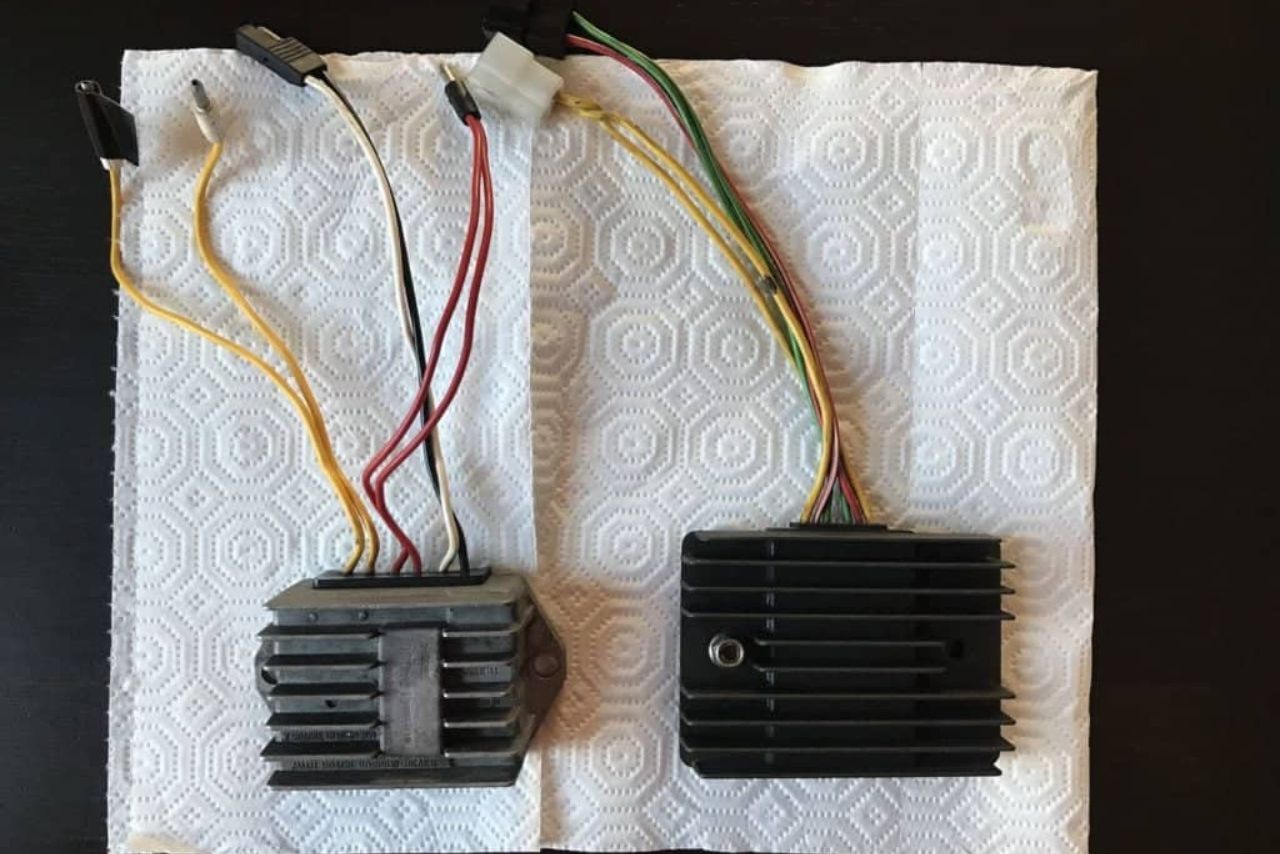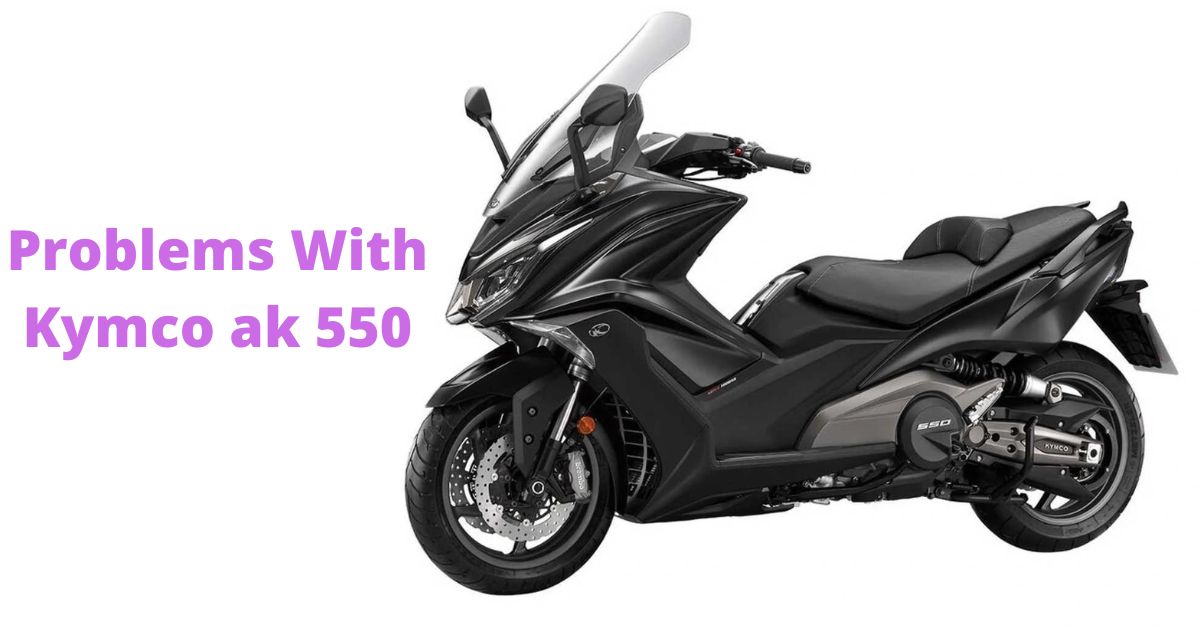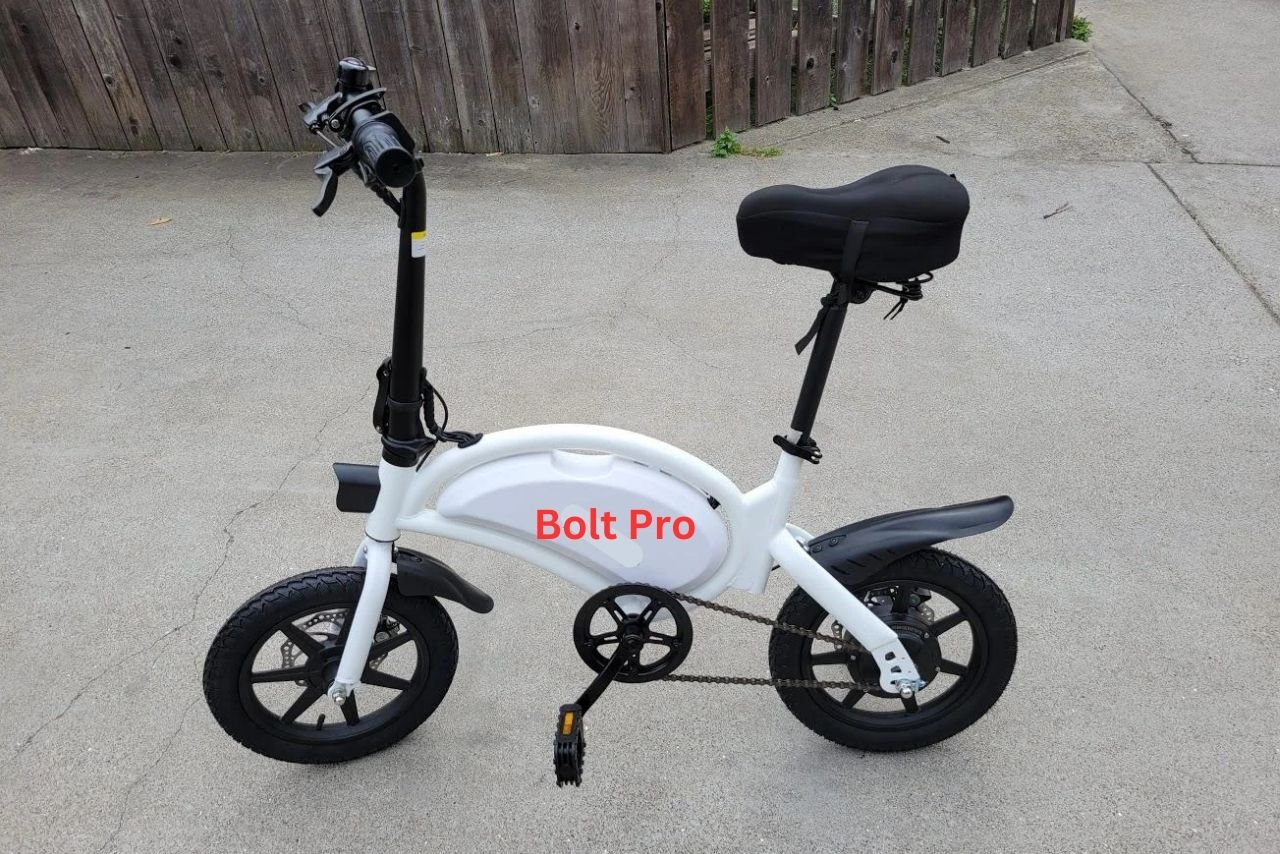Are you experiencing issues with your motorcycle’s regulator rectifier? You’re not alone. Many riders have faced problems with this crucial component of their bike’s electrical system.
In this article, we will explore common motorcycle regulator rectifier problems, their symptoms, and possible solutions.
The regulator rectifier is responsible for converting the alternating current (AC) generated by the motorcycle’s stator into direct current (DC) to power the electrical system and recharge the battery.
However, due to various factors such as heat, vibration, or poor electrical connections, the regulator rectifier can malfunction, leading to a range of issues.
Some common symptoms include a dead battery, dim or flickering lights, and even engine misfires. Fortunately, there are steps you can take to diagnose and potentially fix these problems.
So, let’s dive in and learn more about motorcycle regulator rectifier problems and how to tackle them.
Common Motorcycle Regulator Rectifier Issues
When it comes to motorcycle electrical systems, one component that can often cause headaches is the regulator rectifier.
This little device plays a crucial role in ensuring that the electrical system functions properly, but it can also be a common source of problems.
| Common Motorcycle Regulator Rectifier Issues |
|---|
| Overheating |
| Faulty Voltage Regulation |
| Water Damage |
| Burned Out Diodes |
Here are a few issues that riders may encounter with their motorcycle regulator rectifier:
Overheating:
One frequent problem is overheating. The regulator rectifier is responsible for converting the alternating current (AC) generated by the motorcycle’s engine into direct current (DC) that can be used to charge the battery and power the electrical system.
Due to the high current flow and limited space for heat dissipation, the regulator rectifier can get extremely hot.
Over time, this heat can cause the device to fail, leading to charging problems and potential damage to other electrical components.
Faulty Voltage Regulation:

Another common issue is faulty voltage regulation. The regulator rectifier should maintain a stable output voltage to prevent overcharging or undercharging of the battery.
However, if the device fails to regulate the voltage correctly, it can result in inconsistent power delivery to the electrical system, leading to erratic performance, dim lights, or even a dead battery.
Water Damage:
Water and electrical components are never a good mix. Unfortunately, the regulator rectifier is often exposed to the elements, making it susceptible to water damage.
Moisture can seep into the device and affect its performance or cause short circuits, resulting in electrical failures.
Burned Out Diodes:
The regulator rectifier contains diodes that allow current flow in one direction only. Over time, these diodes can wear out or become damaged, leading to rectification problems.
When the diodes fail, the alternating current is not properly converted to direct current, causing electrical issues like flickering lights or a weak charging system.
Regular maintenance, such as checking for signs of overheating, inspecting for water tightness, and monitoring the voltage output, can help prevent or identify these problems early on.
Symptoms of a Faulty Regulator Rectifier
When it comes to motorcycle regulator rectifier problems, there are several telltale signs that can help you identify a faulty component.
| Symptom | Description |
|---|---|
| Battery Issues | Battery constantly runs low or fails to hold a charge |
| Electrical Malfunctions | Dim or flickering headlights, erratic instrument panel behavior, malfunctioning turn signals |
| Overcharging Battery | Battery is constantly overcharged, leading to premature failure of electrical components |
| Burnt or Melted Connectors | Presence of burnt or melted connectors near the regulator rectifier |
| Inconsistent Charging Voltage | Fluctuating or inconsistent voltage output from the regulator rectifier |
Here are the common symptoms to be on the lookout for:
Ignoring these symptoms can lead to further damage to your motorcycle’s electrical system, resulting in more extensive repairs or even safety hazards.
Causes of Motorcycle Regulator Rectifier Problems

The motorcycle regulator rectifier plays a crucial role in ensuring the proper functioning of the electrical system. However, like any other component, it can encounter problems.
Here are some common causes of motorcycle regulator rectifier problems:
DIY Troubleshooting and Solutions
So, you’re experiencing some motorcycle regulator rectifier problems? Don’t fret, because I’ve got you covered with some DIY troubleshooting and solutions. Let’s dive right into it!
Check the Connections
- Start by inspecting all the connections to ensure they are tight and secure. Loose connections can lead to voltage fluctuations and affect the performance of the regulator rectifier.
Test the Battery
- A faulty battery can put extra strain on the regulator rectifier. Use a multimeter to check the battery voltage. If it’s below the recommended range, you might need to replace the battery.
Inspect the Stator
- The stator generates electricity for the motorcycle, and a malfunctioning stator can lead to regulator rectifier issues. Check for any signs of damage or wear on the stator. If necessary, replace it.
Test the Regulator Rectifier
- A faulty regulator rectifier might need to be replaced. To test it, start the motorcycle and measure the voltage across the battery terminals using a multimeter. The reading should be within the specifications provided by the manufacturer. Refer to your motorcycle’s manual for the specific values.
Replace the Regulator Rectifier
- If your tests indicate that the regulator rectifier is indeed faulty, it’s time to replace it. Make sure to get a compatible one for your motorcycle model, and follow the manufacturer’s instructions for installation.
Remember, it’s important to take safety precautions when working on your motorcycle’s electrical system. Always disconnect the battery and follow the necessary steps outlined in your motorcycle’s manual.
In a nutshell, troubleshooting motorcycle regulator rectifier problems involves checking connections, testing the battery, inspecting the stator, and testing the regulator rectifier itself.
Watch Video: Motorcycle Regulator Rectifier Problems
When to Seek Professional Help
If you’re experiencing motorcycle regulator rectifier problems, it’s important to know when it’s time to seek professional help.
While some issues can be easily resolved by DIY enthusiasts, others may require the expertise of a qualified technician. Here are some signs that indicate you should consider calling in the pros:
- Recurring electrical issues: If you’ve been troubleshooting your regulator rectifier multiple times and the problems keep coming back, it might be time to consult a professional. They can diagnose the root cause of the issue and provide a lasting solution.
- Lack of technical knowledge: Electrical systems can be complex, and if you’re not well-versed in motorcycle electronics, it’s best to leave the repairs to someone who is. A professional technician has the necessary training and experience to handle the intricacies of regulator rectifier problems.
- Overwhelming damage: In some cases, regulator rectifier problems can lead to significant damage to other electrical components. If you notice burnt wires, melted connectors, or any other signs of extensive damage, it’s crucial to have a professional inspect and repair your motorcycle.
- Warranty coverage: If your motorcycle is still under warranty, attempting to fix the regulator rectifier problem yourself may void the warranty. It’s best to consult the manufacturer or an authorized service center to ensure that you don’t risk losing your warranty coverage.
- Safety concerns: Electrical issues can pose safety risks, such as sudden power failures or short circuits. If you have any doubts about your ability to safely troubleshoot and repair the problem, it’s better to err on the side of caution and seek professional help.
Remember, it’s always important to prioritize your safety and the proper functioning of your motorcycle.
Summary: Motorcycle Regulator Rectifier Problems
Motorcycle regulator rectifier problems can be a frustrating issue for riders. These problems can lead to various electrical issues, such as battery not charging, lights dimming, or even engine stalling.
It’s important to understand the common signs and causes of regulator rectifier problems in order to prevent further damage to your motorcycle’s electrical system.
Remember, the regulator rectifier is a crucial component of your motorcycle’s electrical system. Ignoring or neglecting problems can lead to more severe damage and costly repairs.
By staying vigilant, conducting regular maintenance, and addressing issues promptly, you can keep your motorcycle running smoothly and avoid regulator rectifier problems.
FAQs
What Is a Regulator Rectifier on A Motorcycle?
A regulator rectifier is an electronic device on a motorcycle that regulates the output voltage of the motorcycle’s charging system.
It regulates the voltage to ensure it stays within an acceptable range and rectifies the alternating current from the alternator to direct current, which is needed to charge the battery.
What Are Common Signs of A Faulty Regulator Rectifier on A Motorcycle?
Common signs of a faulty regulator rectifier on a motorcycle include dim headlights, flickering lights, and electrical components not working correctly.
The voltage may also be erratic or the battery may not charge properly.
How Can I Test the Regulator Rectifier on My Motorcycle?
You can test the regulator rectifier on your motorcycle by using a multimeter. Set the multimeter to measure DC voltage and connect the leads to the regulator rectifier terminals.
Start the engine and test the voltage output, comparing it to the manufacturer’s specifications.
What Should I Do if The Regulator Rectifier on My Motorcycle Is Not Working?
If the regulator rectifier on your motorcycle is not working, you should replace it with a new one.
Make sure to purchase a regulator rectifier that is compatible with your motorcycle model and brand.
Can I Install a Regulator Rectifier on My Motorcycle Myself?
Yes, you can install a regulator rectifier on your motorcycle yourself. However, you should make sure to follow the instructions in the user manual carefully and use the proper tools for the job.
It is also recommended to have a professional inspect the installation before use.




